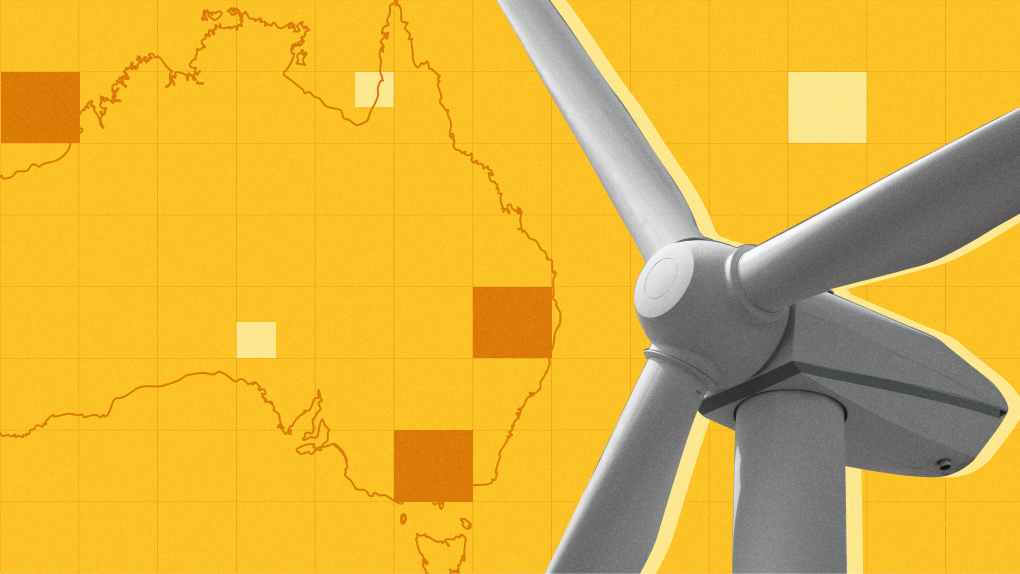The Australian Financial Review’s editorial in the July 3 print edition stated that rising energy costs in Australia would undermine the federal government’s Future Made in Australia strategy. This is not so.
Australia’s current energy market problems essentially come from seeking to move to zero emissions energy without putting a price on the negative effects of carbon emissions.
Without such a price, which Australia had from 2012-2014, the market cannot drive the transformation, and we are left with non-market based government interventions. This introduces distortions and uncertainty.
The Renewable Energy Target spurred high renewable energy investment in the late 2010s. This target stopped increasing mandatory requirements in 2020 and expires in 2030 and so no longer provides an incentive to build new renewable energy.
And when solar or wind are dominant, electricity prices fall to near zero, so the commercial incentive to build disappears.
The government has introduced the new Capacity Investment Scheme which uses taxpayer funds to underwrite the profits of government-selected renewable energy projects.
Few if any investors will now build grid-connected solar or wind projects without waiting for government underwriting. Further, without a price on carbon to provide another avenue for commercial return, the scheme will be expensive to the budget.
Without a price on carbon to provide another avenue for commercial return, the scheme will be expensive to the budget.
The first round of Capacity Investment Scheme tendered projects was heavily oversubscribed. This is as expected, since a commercial return is underwritten.
Projects that did not gain support will await the next tender; projects no longer have a market incentive to proceed otherwise.
This may compound our current electricity supply shortage, which is further worsened by poor gas market policy over the last decade. Gas peaking plants can ensure sufficient 24/7 electricity supply during this interim stage of the transition.
Australian electricity costs used to be close to the world’s lowest. Now they are relatively high. This is due, first, to both inadequate overall supply, and high prices for gas and coal, with these generation sources often setting the wholesale electricity price. Electricity generation makes up a third of household bills.
Second, we have excessive network costs due to our regulatory system; these make up 45 per cent of household electricity bills. While more renewable energy will eventually address the former problem, we must also tackle network costs.
While high electricity prices are a huge problem for Australia’s economy and cost of living, they do not remove the outcomes expected from the Net Zero Transformation stream of the Future Made In Australia policy.
This is because many projects in the new industries can be located where they are welcomed, and away from the current grid. They will often be in the Upper Spencer Gulf, and in the Pilbara, central and northern Queensland and elsewhere in northern and remote Australia.
There, Australia has an internationally recognised comparative advantage in producing green energy-intensive exports of iron, aluminium, polysilicon, fertiliser and transport fuels.
The Future Made In Australia policy supports these industries by addressing market failures that will otherwise undermine a true market-based outcome.
In particular, how can we expect green industries to compete with fossil fuel-based industries without an international carbon price that recognises the harm to the environment from carbon emissions?
Europe has an effective carbon price, and other countries will eventually have an equivalent mechanism to meet their net zero objectives as the climate science becomes even more obvious, but until then support is needed.
Firmed renewable energy costs around $110MWh in Australia, but some big green export industries do not need 24/7 power. Intermittent renewable power costs $60-80MWh in Australia, and we have an almost endless supply of it.
The best areas are well away from rich farmland and large population centres. And there is no need for a distribution network which make up over a third of residential electricity costs. Away from the grid, Australia has a clear comparative advantage in low-cost energy.
Nuclear energy costs at best $200-300MWh based on the five nuclear plants commenced since 2000 in western economies, all of which have a history in nuclear power. Clearly nuclear energy will not power a Future Made In Australia.
Recently, The Economist stated:
“Solar cells will in all likelihood be the single biggest source of electrical power on the planet by the mid-2030s . . . the all-in cost of the electricity they produce promises to be less than half as expensive as the cheapest available today.”
Australians are superbly placed to ride this trend by producing energy-intensive green exports which can provide way more export income than we get from coal and gas.
Let’s not confuse this opportunity with the problems currently facing consumers drawing from the expensive east coast electricity grid.
Rod Sims
Chair, The Superpower Institute
Rod Sims AO is a Professor at ANU, Chair of Opera Australia and Chair of the National Data Advisory Committee. He previously chaired the ACCC (2011-2022), served as Deputy Secretary (Economic) in the Department of Prime Minister and Cabinet, and Principal Economic Adviser to PM Bob Hawke (1988-1990).
Rod Sims AO is a Professor at ANU, Chair of Opera Australia and Chair of the National Data Advisory Committee. He previously chaired the ACCC (2011-2022), served as Deputy Secretary (Economic) in the Department of Prime Minister and Cabinet, and Principal Economic Adviser to PM Bob Hawke (1988-1990).




